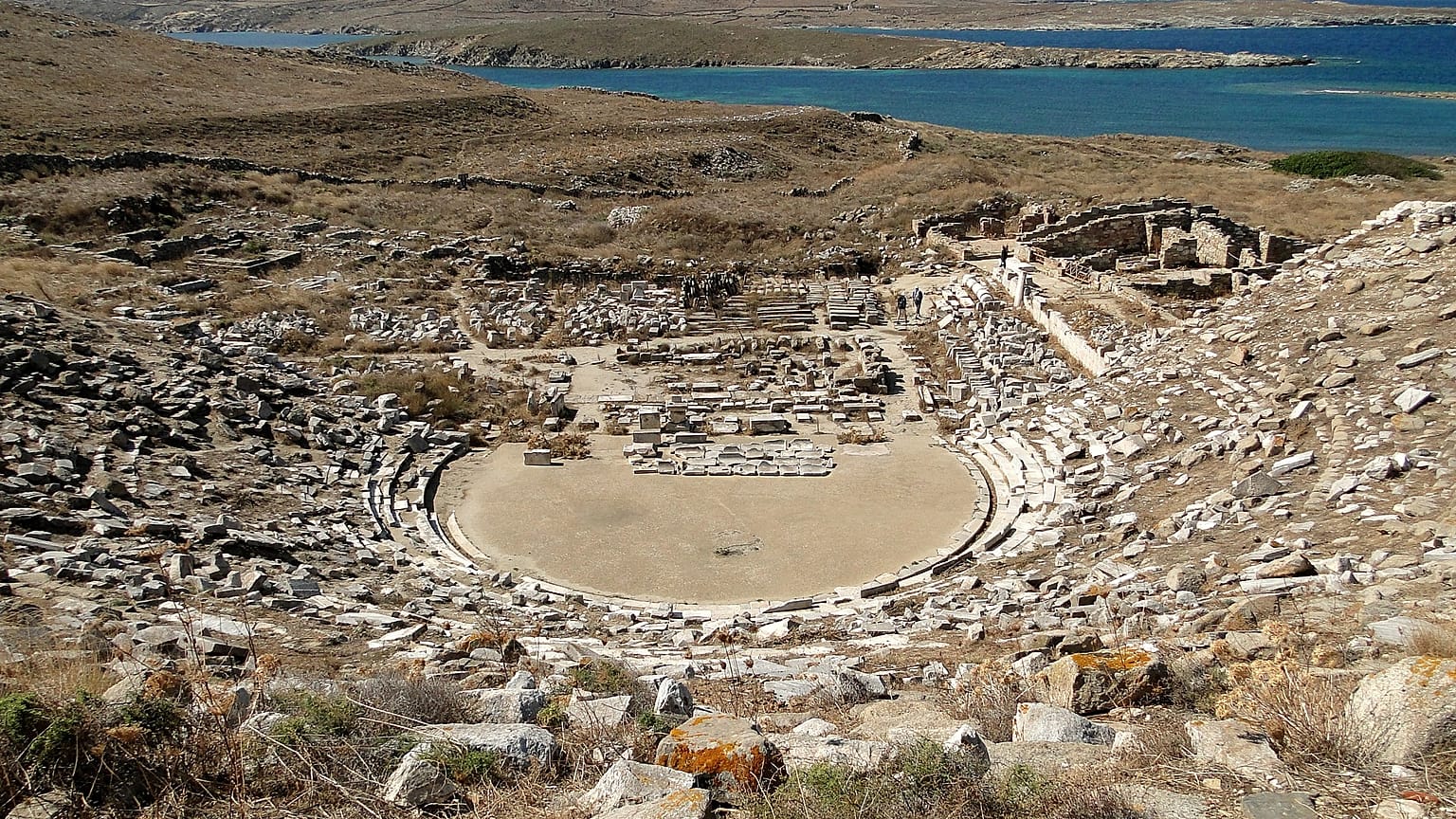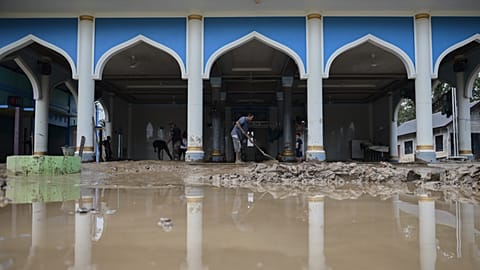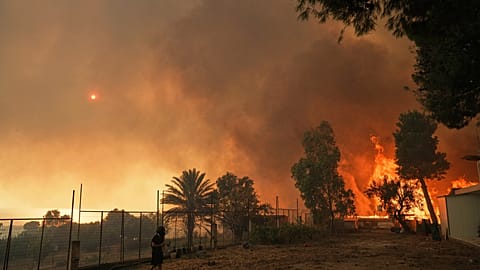Some sites, such as the island of Delos near Mykonos, are already seeing structural damage due to increased flooding.
Over half of historical sites located along the coastline of Türkiye and Greece are at a ‘very high’ or ‘high’ risk of going underwater by the end of the century as sea levels rise, new research has found.
Global sea levels are rising as global warming causes more ice sheets and glaciers to melt.
Some sites, such as the island of Delos near Mykonos, are already seeing structural damage due to increased flooding.
The UNESCO world heritage site was one of the most important religious sanctuaries in the Greek and Roman world.
Over a third of Aegean historic sites threatened by rising sea levels
The study was carried out by geoscientist Enes Zengin from Dumlupınar University’s Urban and Regional Planning Department using data from the 2022 Sea Level Rise Technical Report by the US National Ocean Service.
Zengin created ‘inundation risk maps’ for five different scenarios with risk classes varying from very high to very low, according to global and local sea level rise predictions.
The study evaluated the vulnerability of 464 historical sites along the Eastern Mediterranean coasts of Türkiye and Greece.
It concluded that 147 archaeological sites, castles, fortresses, towers, bridges, necropolises or ruins along the coastline will be at some level of risk in the next 50 years - even in the best-case scenario.
Of the 464 sites analysed, 34 are considered to be at ‘very high’ risk, 19 at ‘high’ risk and 27 at ‘medium’ risk.
The most endangered sites in Türkiye are the ancient cities of Knidos and Kaunos in the southern province of Muğla and the ancient port city of Elaia in the western province of İzmir.
These sites could disappear underwater partially or completely by the end of the century even with just one metre of sea level rise.
The research found that a scenario involving three metres of sea level rise would endanger several more sites including Ephesus Harbor, Miletus and Güvercinada Castle in Aydın and the ancient cities of Olympos and Patara in Antalya.
In Greece, the ancient cities of Sissi, Pavlopetri and Lokris were deemed to be at ‘very high’ risk.
While these results are worrying, the study highlights that 317 sites were found to be safe from inundation even in the worst-case scenario of a five-metre sea level rise.
“To ensure the long-term success of these studies and safeguard humanity’s shared cultural heritage, it is imperative to prioritise the implementation of these studies in high-risk areas as soon as possible,” Zengin concludes.
“Swift action is necessary to mitigate potential threats such as natural disasters, human
activities, and other factors that may pose a risk to cultural heritage resources.”


















